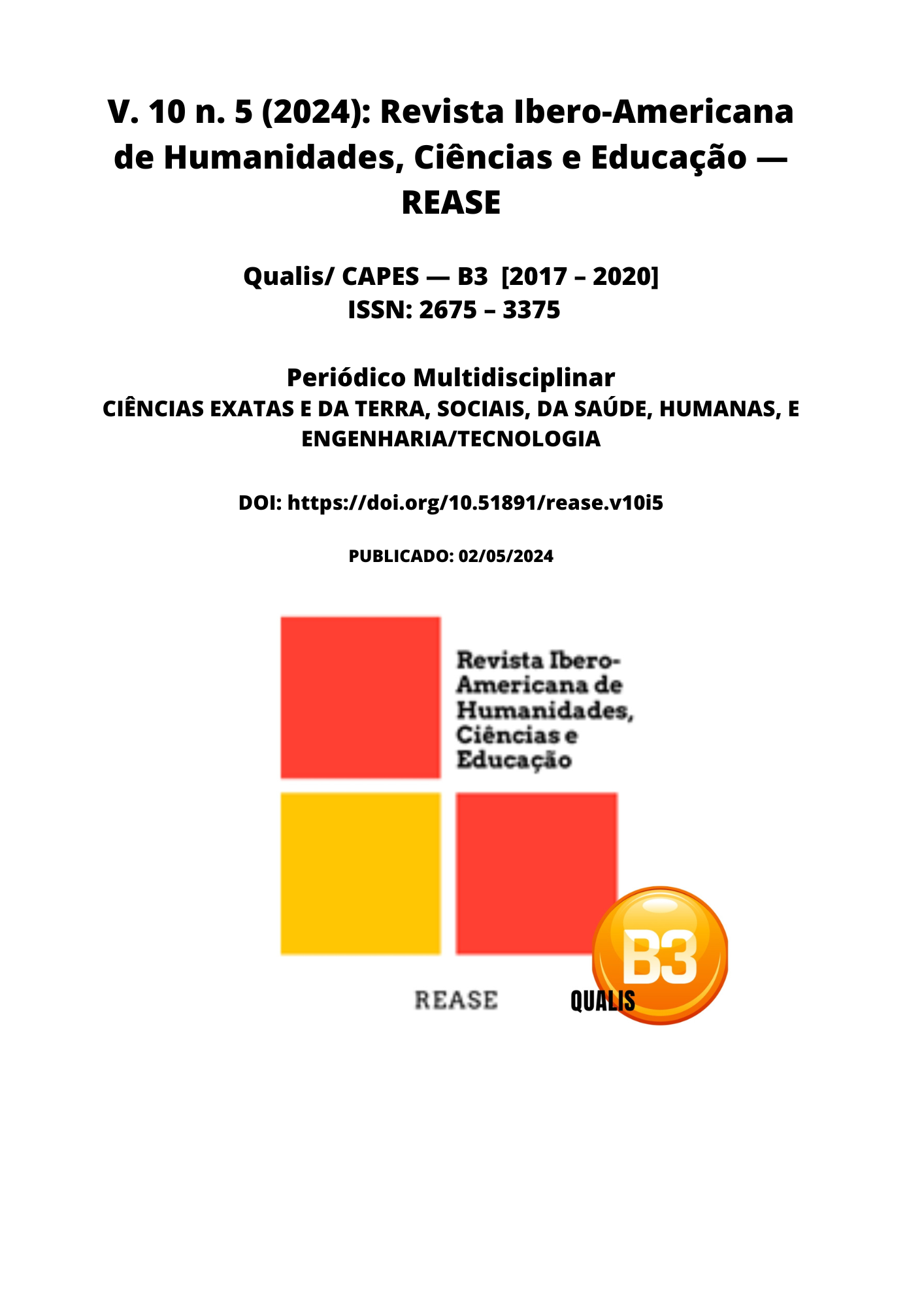DEVELOPMENT OF HYGIENIC FLUID DISPENSERS FOR INFECTIOUS DISEASE CONTROL, USER MONITORING, AND USAGE DATA COLLECTION
DOI:
https://doi.org/10.51891/rease.v10i5.14022Keywords:
Hygiene. Internet of Things. Dispenser.Abstract
This article aimed to address the importance of hand hygiene as a crucial measure for infection control, especially in environments such as hospitals and educational institutions. Considering the context of the COVID-19 pandemic, the need for hand hygiene has become even more evident. The study focuses on the development of two types of dispensers: one with Wi-Fi connectivity and another simpler one without a connection. For the first type, components such as the HCSR04 ultrasonic sensor, ESP-WROOM-32 microcontroller prototyping platform, and RS385 mini peristaltic electric pump were selected. For the second dispenser, the Tower Pro MG995 servo motor was chosen as the actuator and Arduino Nano as the prototyping platform. The prototypes were tested, and the results showed functionality, despite challenges such as connecting to the university's internal network. The second dispenser was designed with a potential deployment in the university in mind, but the production cost was still considered high for a simple device.
Downloads
Downloads
Published
How to Cite
Issue
Section
Categories
License
Atribuição CC BY

